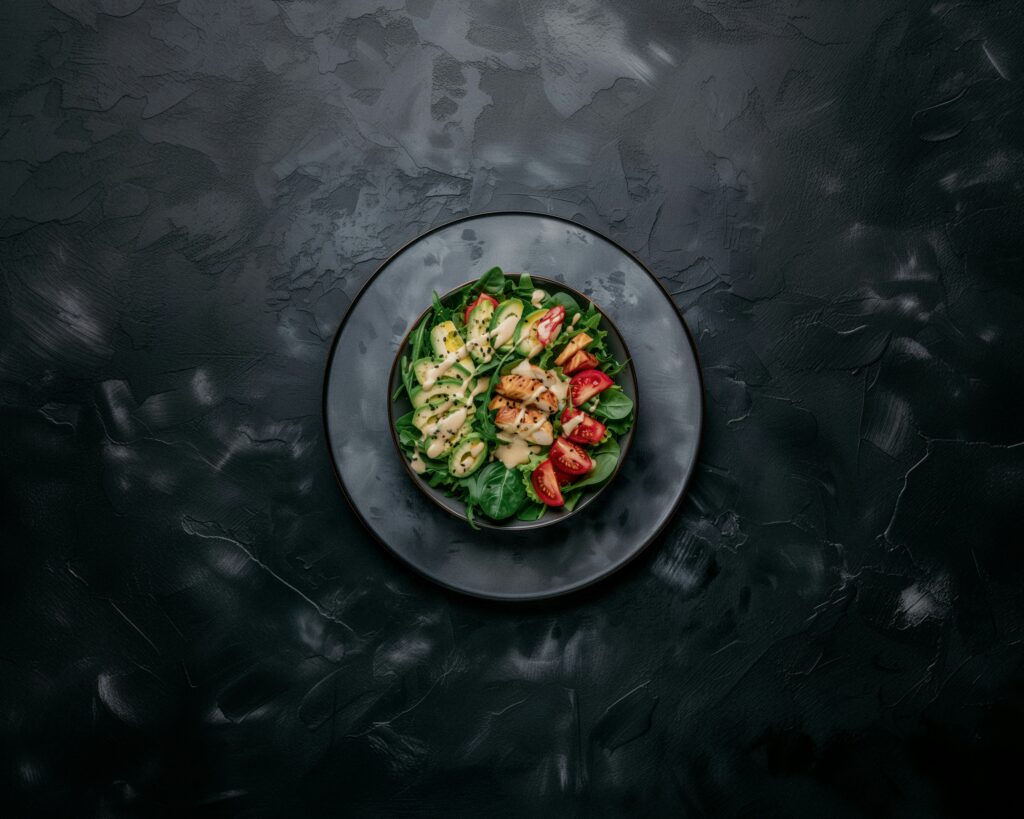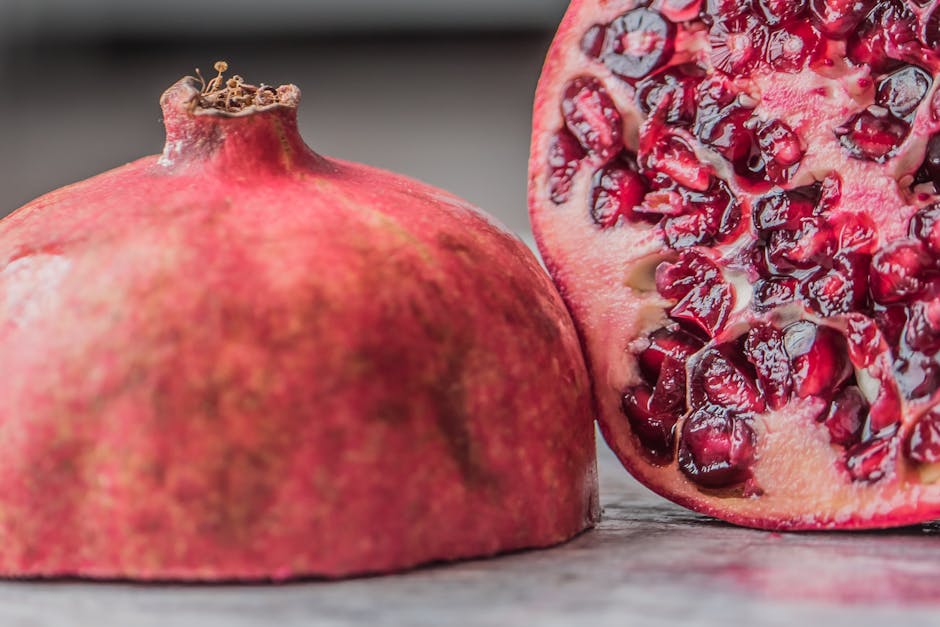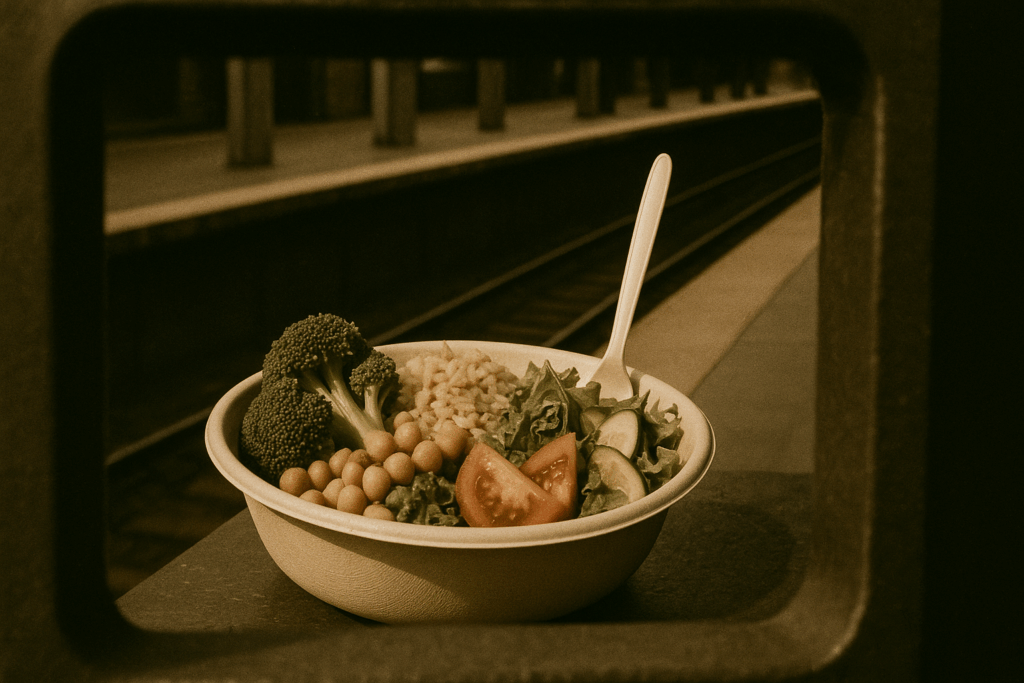Global Shifts Influencing the Plate
Food doesn’t exist in a vacuum. In 2024, geopolitical shifts, climate instability, and economic volatility continue to force changes in how and what we eat. From export bans to flash floods disrupting harvests, the global food system is under pressure, and that pressure trickles down to dinner tables everywhere.
Supply chains are still shaky, especially for imported staples and specialty ingredients. Even something as standard as olive oil or rice can vanish from shelves—or double in price—depending on what’s happening half a world away. This has led chefs, home cooks, and suppliers alike to rethink sourcing. The result? A move toward hardy, locally-available foods. Farmers markets are booming. Rooftop gardens are no longer fringe. Local mills and producers are getting a second look.
What’s more, food security isn’t just a buzzword—it’s now a focus area for policy and culture. Kitchens are learning to adapt to unpredictability, prioritizing flexibility and resilience over curated abundance. Expect more menus shaped by availability, not imported ideals.
For a more in-depth perspective, explore How Global Events Are Shaping Food Trends.
Ingredients in the Spotlight
This month, the culinary spotlight turned toward ingredients that reflect both innovation and tradition. Chefs and food brands are experimenting with bold flavors, sustainable options, and ancient techniques in modern ways. Here’s what’s cooking:
Fermentation-Forward Foods Are Peaking
Fermented ingredients are no longer niche—they’re becoming culinary staples. From fine-dining menus to fast-casual kitchens, the rise of pickled, aged, and cultured foods marks a return to time-honored methods that align with wellness and flavor depth.
- Why it matters: Fermentation boosts gut health, shelf life, and umami complexity.
- Popular picks: Kimchi, miso, natto, pickled vegetables, sourdough starters.
- Where it’s showing up: Gourmet restaurants, home kitchens, even cocktail menus.
Alternative Proteins Go Beyond Soy
Plant-based eating is maturing, and so are its ingredients. Soy is no longer the only game in town—innovators are tapping into nutrient-dense, eco-friendly sources.
- Notable newcomers:
- Lupin beans: High in protein and fiber, low in carbs.
- Mycoprotein: Fungi-based, with a meat-like texture and sustainability edge.
- Kelp: A superfood from the sea, offering umami flavor and rapid renewability.
- Impact: These proteins cut down on emissions while offering unique texture and culinary flexibility.
Regional Spices and Signature Flavors Enter the Mainstream
Global tastes are becoming local favorites. Thanks to increased culinary storytelling and cultural exploration, once-obscure spices and seasoning mixes are now pantry staples.
- Trending spices: Berbere, vadouvan, sumac, urfa biber, and shichimi togarashi.
- Drivers of popularity:
- Social media showcasing everyday uses.
- Chefs introducing blends in unexpected dishes.
- Consumers craving deeper, more diverse flavor profiles.
- Cultural appreciation: There’s a growing movement to educate diners about the origins and significance of these ingredients, ensuring more respectful incorporation.
The surge in ingredient variety isn’t just a trend—it’s a reflection of evolving consumer values: sustainability, health, and cultural exploration, all served on one plate.
Tech Meets Taste
AI is now in the kitchen—but not in the way sci-fi promised. Recipe curation tools powered by machine learning are being used behind the scenes to analyze flavor pairings, nutritional needs, and customer preferences. Some chefs swear by them for inspiration or scaling ideas. Others see them as gimmicks wrapped in code. The truth? AI isn’t replacing human creativity yet—but it’s making the brainstorming phase faster and more targeted. In high-speed kitchens or corporate menu planning, that’s a big deal.
Smart kitchens, meanwhile, are moving from novelty to necessity—at least in dense urban markets. Think connected appliances, energy tracking, and automation that takes the guesswork out of prep and inventory. For operators staring down labor shortages and rising costs, these systems translate to fewer errors and tighter margins.
And then there are the robots. They make good headlines, but adoption is still patchy. Burger flippers and ramen bots exist—and are working shifts in select spots—but full-scale automation hasn’t flattened the human side of the kitchen. Most restaurants aren’t replacing cooks. They’re augmenting them to reduce burnout and keep service efficient.
So, is this the future of food? Partly. The tech is real, it’s getting smarter, and it’s not going away. But for now, steel knives and human hands are still part of the core recipe.
The Plant-Based Evolution
Plant-based menus aren’t just about swapping a burger patty anymore. Chefs have moved well beyond the era of imitation meats and are getting more intentional—and creative. Think slow-roasted celery root centerpieces, charred leek stalks turned into pasta, or heirloom carrots plated like fine dining proteins. Whole-vegetable cooking is shedding its side-dish reputation and becoming an experience in its own right.
This isn’t just a response to trends—it’s a shift in mindset. Instead of replicating meat, many kitchens are highlighting what produce can do when it’s treated with technique and imagination. Peel-to-stem cooking is also rising fast. No scrap gets wasted, and flavor takes a front seat.
More than ever, sustainability is part of dish development from day one. That means sourcing from regenerative farms, designing shorter seasonal menus, and building dishes around local availability. The result? Less waste, tighter margins, better food. Purpose is now as central to the plate as taste.
Consumer Behavior: What’s Changing
The mindful eater has arrived—and they’re not interested in food trends for the sake of clicks. People are eating with purpose now. That means less meat on the plate, more plant-based variety, and an active effort to waste less. It’s not just a diet shift; it’s a mindset. Today’s diners ask questions, read labels, and want food that lines up with their values.
In a world that feels increasingly unstable, local and seasonal dining has become a kind of comfort. There’s trust in a familiar farm, in basil that’s in season, in meals that didn’t cross five time zones before hitting the table. Restaurants, pop-ups, and even home cooks are leaning into this, building menus around what’s growing nearby and what feels honest.
And across the board, one demand keeps rising—transparency. People want to know where their food comes from, how it was grown, and who touched it along the way. From QR codes linking to farm stories, to chefs spotlighting their growers by name, the food world is being pushed into a more open, accountable era. It’s not performative; it’s practical. Trust is the new secret ingredient.
Culinary Culture & Media
Food culture is no longer something you inherit—it’s something you can stream, scroll, and share. Documentaries like “High on the Hog” or “The Mind of a Chef” aren’t just educational; they’re visual doorways into cuisines viewers may have never considered. Social media adds fuel to the fire. A 30-second reel of a street vendor in Oaxaca or a fermentation tutorial filmed in a backyard kitchen can shape global cravings overnight. The screen is the gateway, and taste follows.
Culinary competitions, once focused on haute cuisine and technical prowess, are also shifting gears. We’re seeing increased spotlight on Indigenous chefs, immigrant recipes, and lesser-known food traditions. These shows don’t just reward flavor; they celebrate stories. It’s edge-of-your-seat food television—but with cultural literacy baked in.
Then there’s food activism—the slow-burning force that’s finding its voice. Vloggers and chefs are getting louder about labor equity, climate resilience, and food justice. This isn’t performative. It’s practical. Audiences are responding to creators who pair appetite with awareness.
Taken together, these forces are redrawing the lines between taste, values, and visibility. In 2024, what’s on your plate matters—but so does who’s holding the camera.
Looking Ahead
As we move deeper into 2024, culinary professionals across all sectors—chefs, food entrepreneurs, and farmers—are refining their focus. They’re not just reacting to today’s trends; they’re shaping what’s next based on shifting consumer values, climate realities, and economic pressures.
Signals from the Kitchen and the Fields
Key players in the food world are tuning into a few recurring signals:
- Chefs are experimenting with hyper-local menus and heritage techniques to create deeper connections with diners.
- Foodpreneurs are investing in scalable models for plant-forward and low-waste products.
- Farmers are exploring regenerative agriculture and indigenous practices to balance production with sustainability.
Anticipated Trends & Shifts
These upcoming developments are already starting to define the near future:
Ingredients on the Radar
- Unconventional grains like fonio and einkorn
- Foraged components—think wild mushrooms and native herbs
- Functional foods with adaptogenic or gut-health benefits
Evolving Dining Experiences
- Hybrid dining formats (take-out meets fine dining)
- Immersive multi-sensory experiences, especially in urban culinary pop-ups
- A return to comfort food, reframed through global flavor profiles
Consumer Priorities Taking Center Stage
- Menu transparency: full disclosure around sourcing, labor, and impact
- Ethical indulgence: treats that feel good and do good
- Customization and personalization, empowered by new ordering technologies
Long-Term Impact: Where We’re Headed
The choices being made today—from how ingredients are sourced to how dishes are served—are signaling broader shifts. We’re witnessing a food system recalibrating itself around resilience, creativity, and conscious consumption.
Those leading the charge aren’t just adapting—they’re building frameworks that could anchor the next era in food culture. It’s not just about what’s trending in 2024. It’s about constructing a culinary future that aligns with both planetary needs and human desires.


 As co-founder of FoodHypeSaga. Zyphara merges her creative energy with a passion for food culture and digital innovation. She drives the platform’s vision forward while writing about food trends that shape modern culinary conversations.
As co-founder of FoodHypeSaga. Zyphara merges her creative energy with a passion for food culture and digital innovation. She drives the platform’s vision forward while writing about food trends that shape modern culinary conversations.

